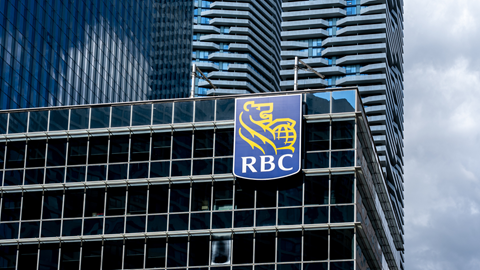RBC finally came out with its initial 2030 targets today. There will be a lot of justified commentary on the weakness of its intensity-based targets, but RBC also released something else – a new framework for sustainable finance.
We’ll take some minor credit for this release, although not for its content. You may remember that we filed a shareholder resolution last season taking RBC to task on greenwashing taking place under its sustainable finance label.
In particular, RBC has led “sustainability linked” loans and bonds with companies like Enbridge and Tamarack Valley Energy that have had the net effect of increasing emissions, and in the case of Enbridge, of helping that company violate the Free, Prior, and Informed Consent (FPIC) of Indigenous Peoples.
To be fair, it’s not just RBC. There are only vague principles laid down for these instruments by the Loan Syndications and Trading Association and the International Capital Market Association that render them prone to greenwashing.
But, as long as banks like RBC treat those vague principles as a ceiling instead of a floor, we’ll continue to see articles like this one documenting widespread abuse of these instruments and undermining their very reason for existing.
So what did RBC say in its new framework? Unfortunately, nothing that will end the greenwashing. RBC spells out in greater detail its use of proceeds categories and talks in vague terms about its risk management, but there are no new guardrails that would prevent more Enbridge-like deals that raise emissions or violate FPIC.
This is a huge missed opportunity and points the direction at regulation. If market actors like RBC won’t act to restore the credibility of the sustainable finance enterprise, eventually regulators will act to protect the faith in the system. We already see this on the retail side, and without any voluntary progress it’s just a matter of time before we see it on the corporate debt and capital markets side.



